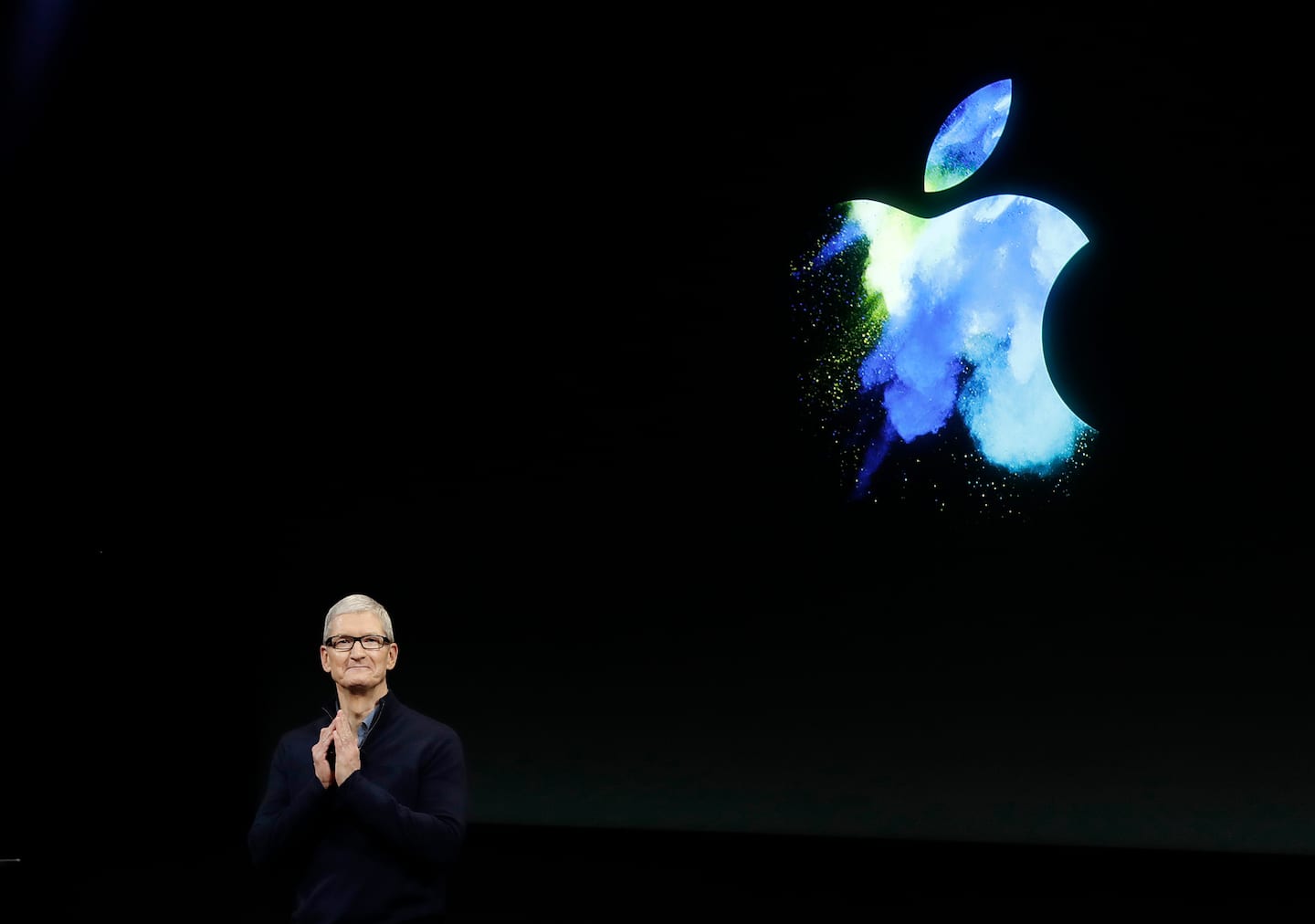Thanks to 5G, iPhones are selling — and downloading — faster than ever

“We’re gratified by the enthusiastic customer response to the unmatched line of cutting-edge products that we delivered across a historic holiday season,” said Apple chief executive Tim Cook.
Apple, which had seen declining sales of iPhones in recent years, seems to have reignited consumer desire to upgrade their older phones.
Analysts had long predicted that the advent of 5G technology would help create an iPhone “supercycle” in which consumers race to stores to buy phones capable of faster connections. Wednesday’s results show analysts were probably right.
“We saw the largest number of upgraders than we’ve ever seen in a quarter, so we were thrilled about that,” Cook said on a conference call with analysts.
The evidence showed up in data gathered by the market research firm Ookla last year. In October, before Apple announced the iPhone 12, Ookla’s data showed that about 15 percent of smartphones were equipped with 5G modems, based on usage patterns of its “Speedtest” application. By mid-November, around the time the phones went on sale, that number had jumped to 50 percent, and it has hovered there ever since. The data suggests that the iPhone 12 was a huge success for Apple and that it is among the most popular 5G phones on the market. One caveat is that Ookla’s users tend to be early adopters of new technology.
Apple got off to a somewhat slow start to the 5G revolution, due in part to a bitter lawsuit with Qualcomm, which makes 5G modems and owns intellectual property that goes into them.
Now that Apple’s 5G phones are out, though, the company does not seem late to the party. In fact, wireless service providers are still a long way from providing blanket 5G coverage that allows the phones to do their promised 5G magic.
In the United States, T-Mobile has rolled out 5G faster than its competitors. According to market research firm Opensignal, T-Mobile customers spent upward of 35 percent of their time connected to 5G in the most 5G-saturated markets, such as Illinois, Missouri, Oregon and Louisiana. But in markets where there is less 5G equipment installed, usage is far lower.
But even when consumers are connected to 5G, they aren’t getting the kinds of speeds that the technology promises to deliver when the network equipment is ubiquitous. “The full ecosystem isn’t completely built yet to bring about the potential that 5G brings,” said Doug King, director of business development for the market research firm RootMetrics. “With any new technology, it’s going to take a while.”






